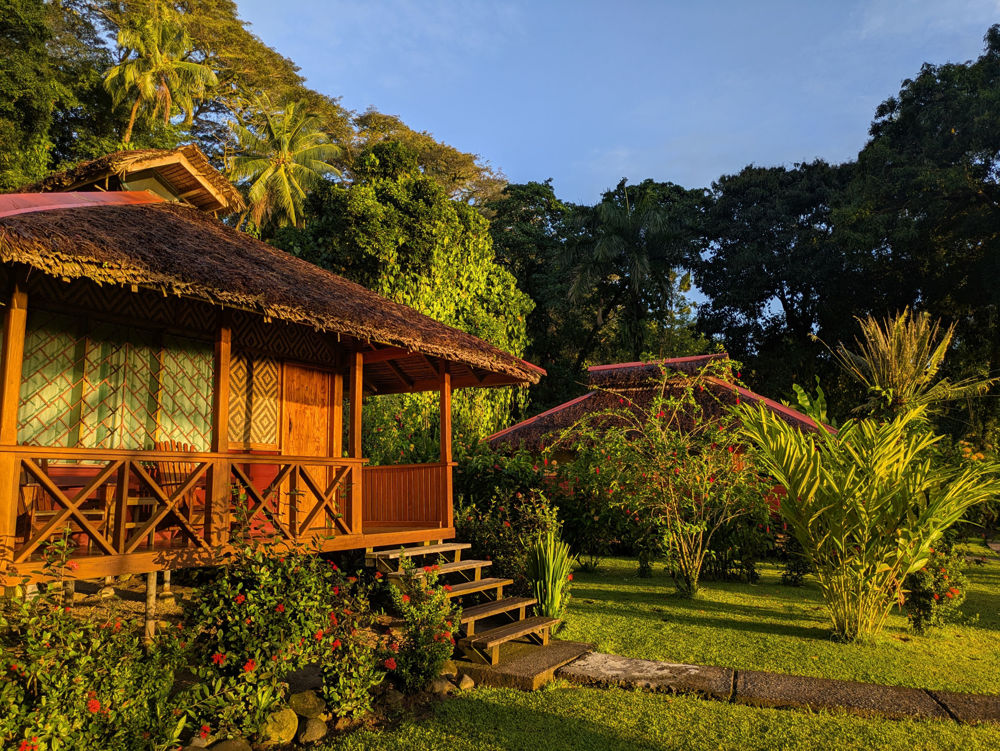Departure Date: July 27 - August 2, 2025
Compiled By: Max Breckenridge
Trip Leaders: Max Breckenridge
Toll Free: 800.328.8368
Phone: 512.328.5221
Papua New Guinea: West New Britain 7/27/2025-8/2/2025

A visit to the excellent, endemic-laden forests and coastlines of West New Britain is always a fantastic way to round out a trip to the mainland of New Guinea. When you consider the fact that you can visit this remote part of the world and still enjoy the luxuries of a comfortable and modern lodge at the Walindi Plantation Resort, it really is a no-brainer!
After our somewhat indirect flight from Port Moresby via Lae, we eventually landed at Hoskins Airstrip against a backdrop of dormant volcanoes, palms, and the reef-fringed Kimbe Bay. The road around the bay was in need of some work, but we made it to Walindi in time for lunch and enjoyed a relaxed afternoon around the lodge, ready for an early start the next day.
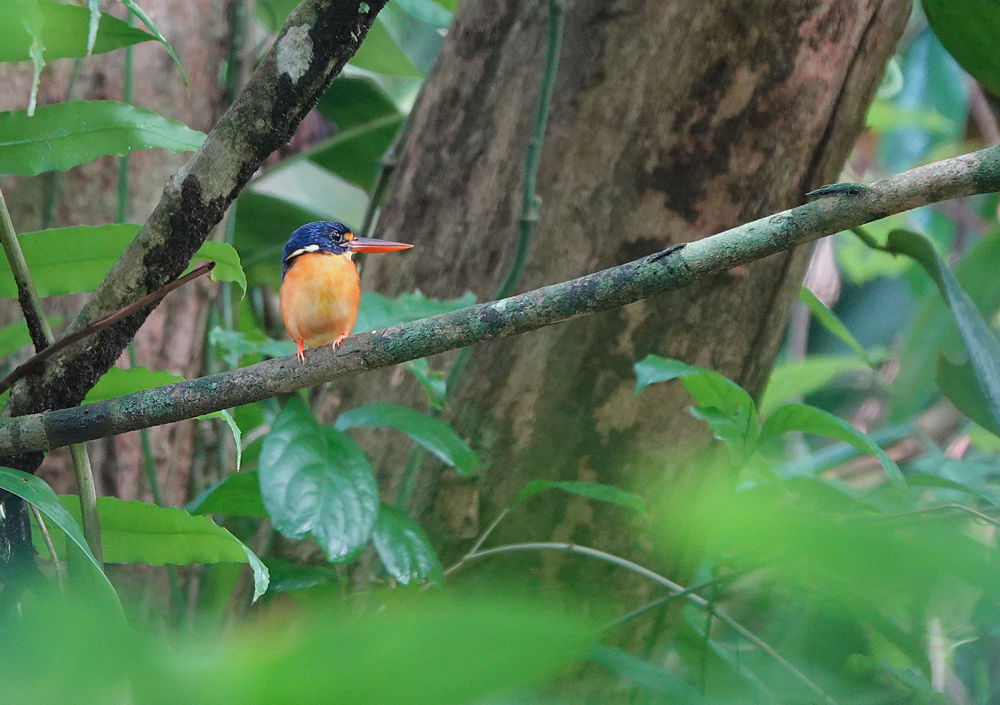
New Britain Dwarf-Kingfisher © Max Breckenridge
Over the next four full days, we thoroughly explored the wonderful forests of Garu Wildlife Management Area, the riverine forest beside the Kulu River, and even hiked part of the way up Mount Garbuna. Palm oil plantations have been well established on this part of New Britain for some time now, and despite the clearing of native forests for a monoculture, they have provided suitable habitat for a select number of adaptable species. Each day we would drive along the bumpy road through the plantations to reach better forest, a roughly 45-minute drive from the resort.
The forests at Garu WMA revealed some wonderful species, with a bit of effort! On our first morning we had uninterrupted views of several comical Melanesian Megapodes, which lay their eggs in the volcanic soils adjacent to thermal springwaters. New Britain Kingfisher perched up for us, and a pair of confiding Finsch’s Imperial-Pigeons was another excellent sighting, along with Yellowish Imperial-Pigeon, Red-knobbed Imperial-Pigeon, and Knobbed Fruit-Dove (something of a theme). Parrots were plentiful and obvious, with colorful and vocal Papuan Eclectus constantly overhead, braying Purple-bellied Lory, tiny Buff-faced Pygmy-Parrot, and screeching Blue-eyed Cockatoos. The two endemic coucals, Pied and Violaceous, were both heard making their booming calls that constantly echo through the forests here, and a pair of the former were seen well, including a leucistic individual. Ashy Myzomela and Red-banded Flowerpecker were frequently encountered, and we had a great sighting of the much scarcer Black-bellied Myzomela low in a flowering tree.
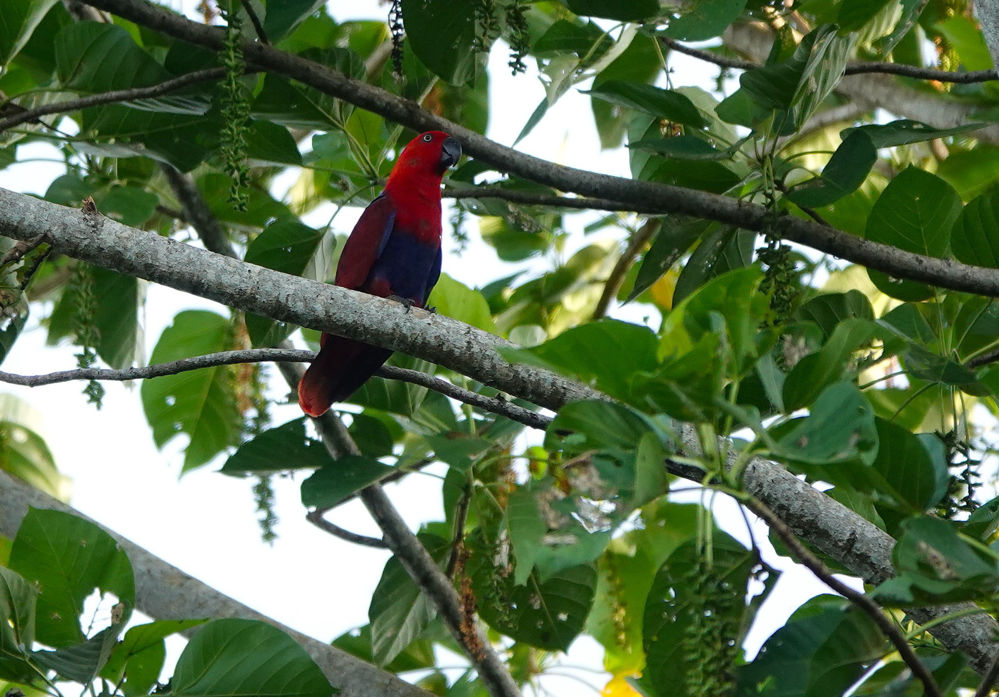
Papuan Eclectus © Max Breckenridge
A couple of visits to the Kulu River where the plantation abuts riverine forest provided a number of good sightings; the stunning New Britain Dwarf-Kingfisher put in a great appearance, as did Black-capped Paradise-Kingfisher, less so the shy but vocal Bismarck Pitta, scarce Spotted Whistling-Duck on the river itself, usually shy Pale-vented Bush-hen, and flybys of tens of huge Blyth’s Hornbills.
In the palm oil plantations we enjoyed flocks of Bismarck Munias, flushed Blue-breasted Quail, Buff-banded Rail, abundant Black Bittern and Stephan’s Doves, flighty Nankeen Night-Herons, and at night a fantastic sighting of the once mythical Golden Masked-Owl.
Possibly the highlight of our stay at Walindi is a half day excursion to some of the offshore islands by boat. These small but densely forested islands provide safe havens for many birds and a unique ecological niche for several island specialists. Scanning the trees closely from the boat, we had good looks at hundreds of Island Imperial-Pigeons, singing Black-tailed Whistlers, beautiful Beach Kingfisher, tiny Sclater’s Myzomela, singing Shining Flycatcher, Spot-breasted Cuckoo-Doves, good views of several Nicobar Pigeons with their distinctive long necks, and some of us glimpsed the shy Island Monarch. After some birding, we were very keen to get in the water at Restorf Island, which has some of the finest snorkeling in the Pacific.
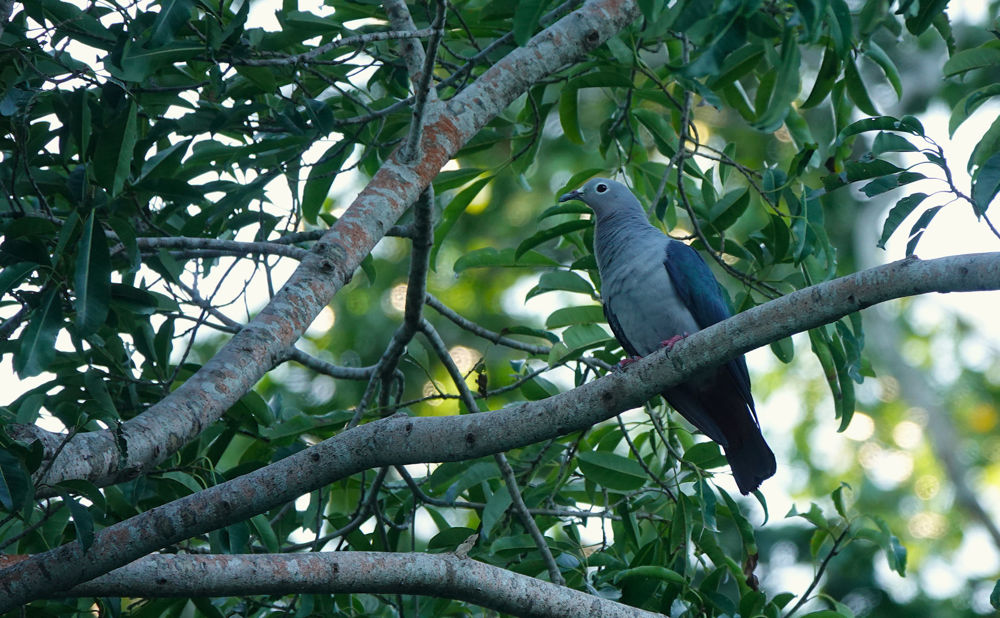
Island Imperial-Pigeon © Max Breckenridge
On our final full morning, we took the adventurous option and hiked up the lower slopes of Mount Garbuna (an active volcano) for a couple of miles. It was a hugely successful mission and thoroughly enjoyed by all. We climbed gradually through a lovely village orchard full of birdlife, including our first sighting of Violaceous Coucal, before entering a wonderful section of native forest further up. Here we encountered several rarer species including Velvet Flycatcher and Bismarck Monarch, while Pied Cuckoo-Dove called but would not show. Singing Parrots streaked overhead, Blyth's Hornbills were practically abundant, and we had great looks at a perched Channel-billed Cuckoo. All of this before descending for another tasty lunch back at the lodge and a relaxing afternoon.
Our stay eventually came to an end, but it had been another wonderful trip to West New Britain and a pleasure to share with new travelers. A big thanks to all the staff at Walindi Plantation Resort, especially Cheyne, Joseph, and David. This is truly one of the great accommodation experiences in Papua New Guinea.
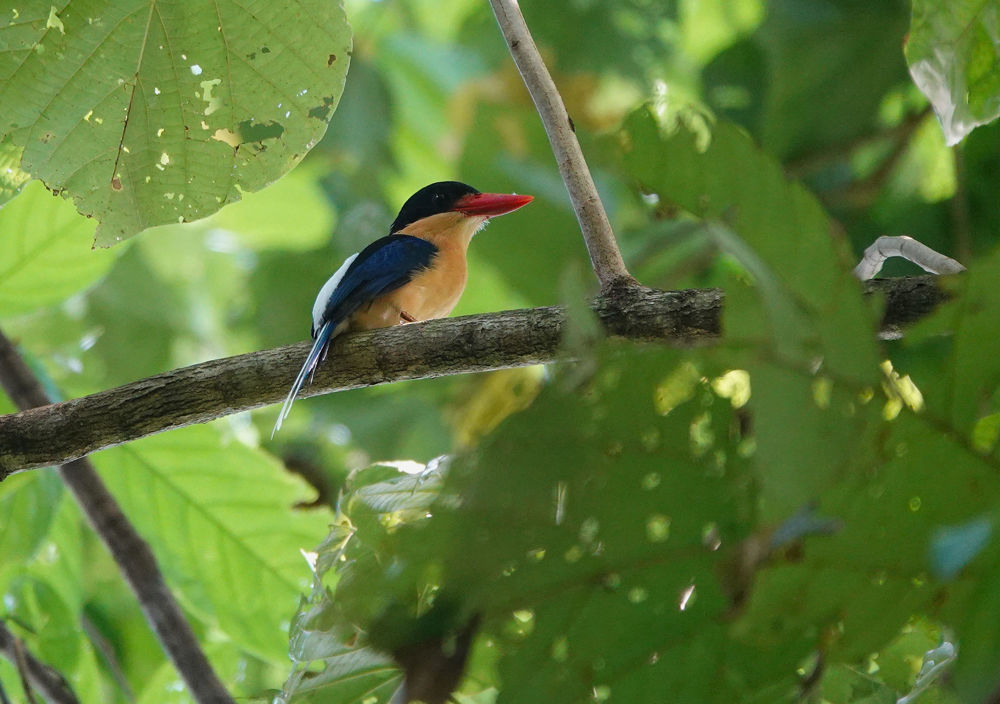
Black-capped Paradise-Kingfisher © Max Breckenridge
A complete list of the birds recorded on our tour can be found at: https://ebird.org/tripreport/398781
Description for the next departure of this tour.
Max Breckenridge's upcoming tour schedule.
ITINERARY:
Day 1: Sunday, July 27th
AM: Fly POM-HKN (Hoskins), drive to Walindi
PM: Walindi Plantation Resort
Day 2: Monday, July 28th
AM: Garu Wildlife Management Area
PM: Kulu River
Day 3: Tuesday, July 29th
AM: Boat trip - Restorf Island and Little Malumalu Island
PM: Walindi Plantation Resort
Day 4: Wednesday, July 30th
AM: Kulu River
PM: Numondo Plantation
Day 5: Thursday, July 31st
AM: Mount Garbuna hike
PM: Walindi Plantation Resort
Day 6: Friday, August 1st
AM: Walindi Plantation Resort
PM: Fly HKN-POM (Port Moresby)
Day 7: Saturday, August 2nd
AM: Fly POM-BNE (Brisbane)
End of the tour.
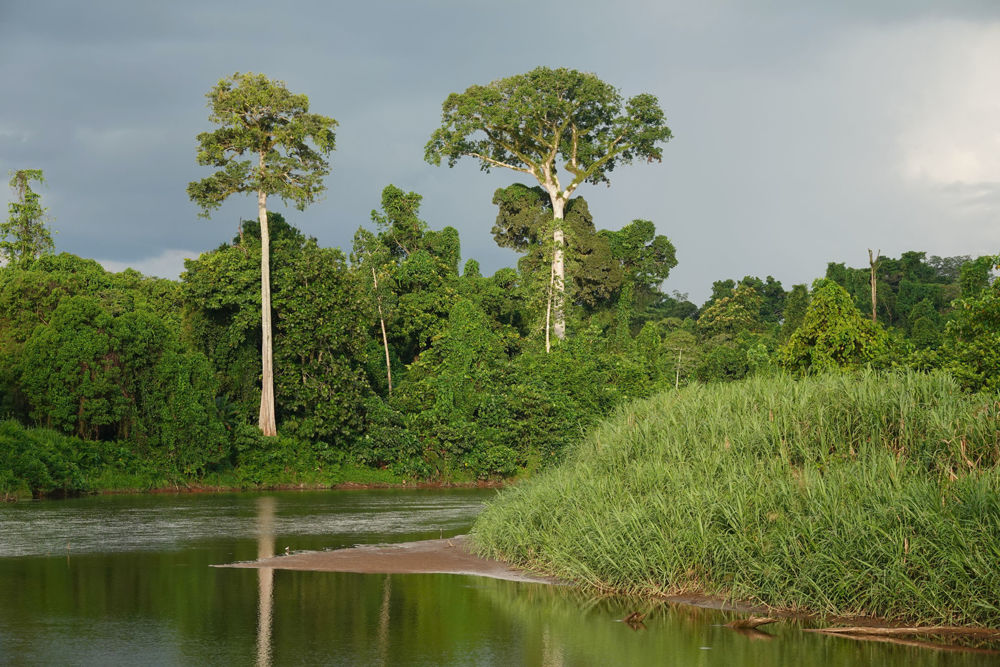
Kulu River © Max Breckenridge

